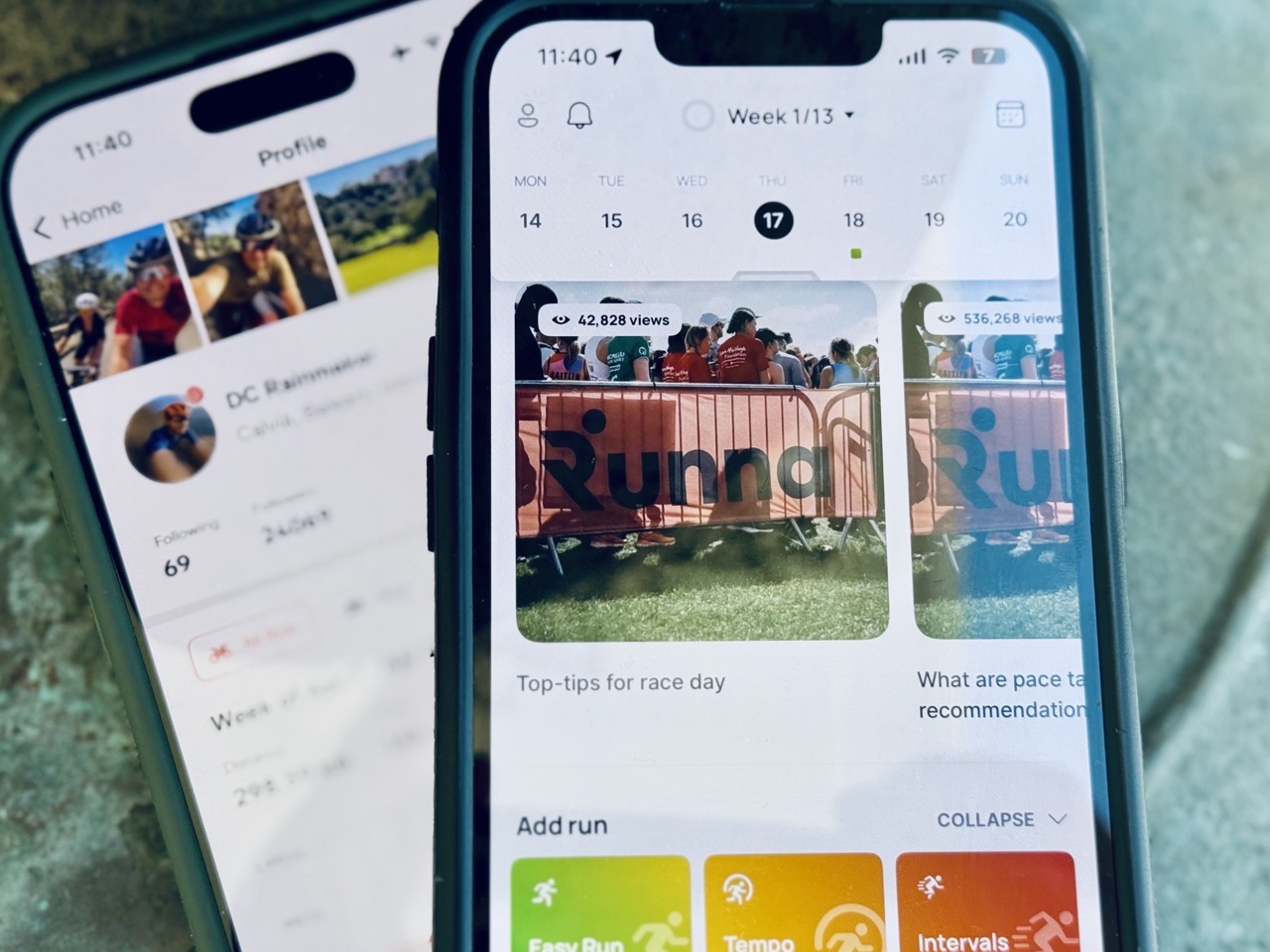
This morning Strava announced the acquisition of Runna. Obviously, everyone knows who Strava is, but some might not know of Runna. It’s relatively new, from 2021, and largely focuses on training plans for…well…runners. This includes automated 5K/10KM/half marathon, and marathon training plans. The app is effectively premium only and charges $119/year, following a free 7-day trial (technically you can do the first week of any training plan for free, but practically speaking that’s kinda useless beyond said first week).
Runna Quickly Explained:
The way Runna works is that you give it some details about your running experience (e.g., how many miles/KM you run a week, past experience with structured intervals, etc…), tell it your race goals (distance and time), and then give it some details on which days you can train and your preferred long run day. You’ll also specify the exact race/event date.
From there, it’ll spit out a training plan to meet that goal, and can account for the number of days each week you want to run. These plans include structured intervals, easy days, long run days, etc…
In addition, Runna can connect to 3rd party watches and push those structured workouts to said watches. This includes Apple Watch, Garmin, COROS, Fitbit, and Suunto. When you configure this, your watch will receive the structured workout with detailed step-by-step instructions for each portion of the workout. Essentially sending you workouts just like other platforms, such as TrainingPeaks, Final Surge, etc.
Runna claimed to have 90,000 members at last count, and while some have touted how high up it is on the App Store, it’s actually not super high. It currently sits at #36 in the Health & Fitness sub-category ranking on iOS. Meaning that, yes, it’s built a fine business, but it’s hardly a household name.
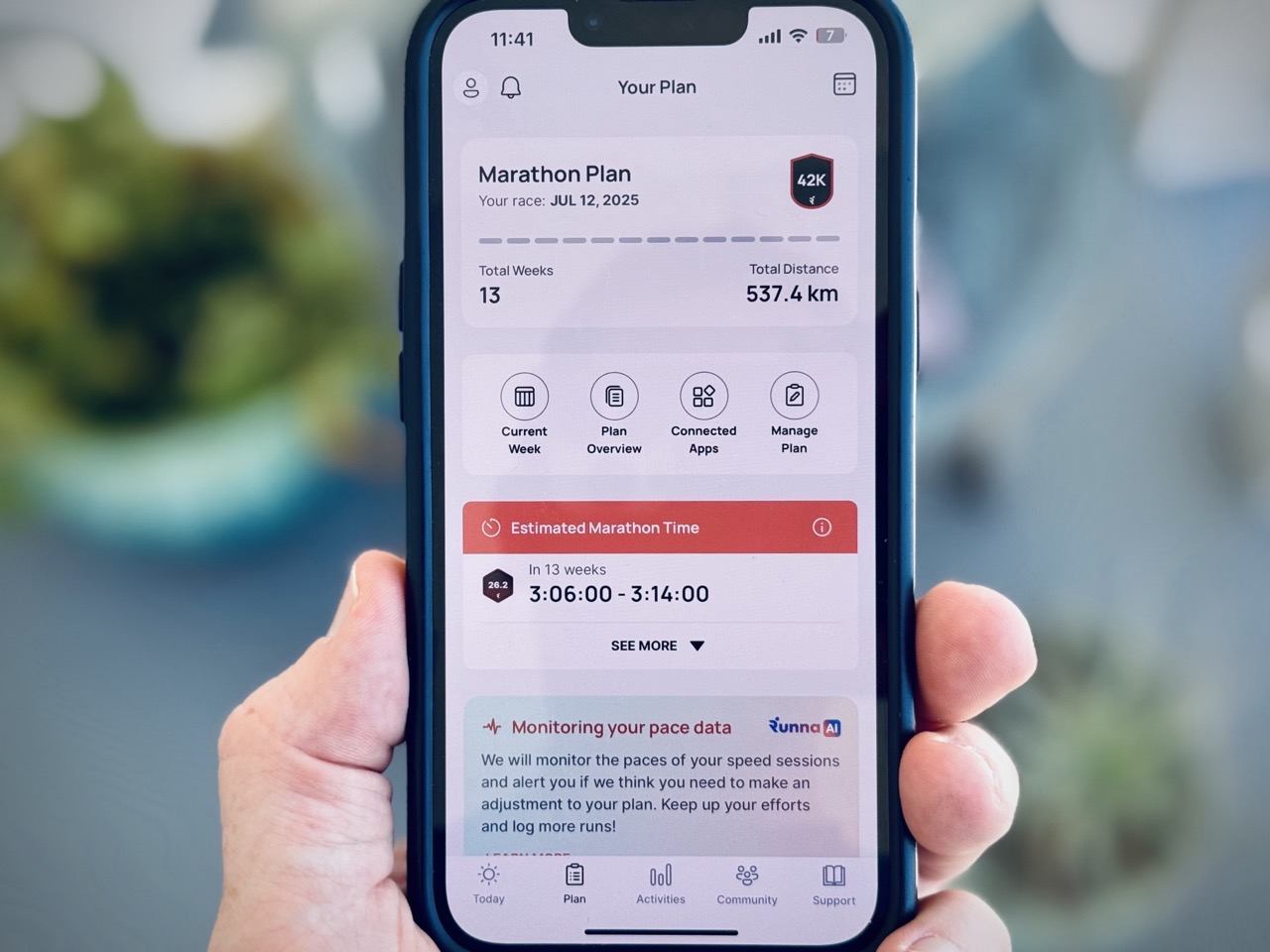
So, why does Strava want to acquire it? Well, the company did a bunch of interviews prior to today’s announcement with various media outlets, explaining their logic. That’s handy, given their own press release kinda omits anything in the way of explanation/reasons. Though in that press release, they did seemingly promise not to block other training apps from using their API:
“Over 100 training apps currently connect to Strava’s API in order to provide users with enhanced features and functionality. Strava remains firmly committed to maintaining this role as the open platform for fitness and to supporting all developers, alongside Runna.”
Obviously, there’s zero historical reason to believe that promise long-term, given the mass API removals last fall, and Strava’s long-standing policy of shutting down access to 3rd party apps that find themselves eventually competing with a portion of Strava’s ever-growing platform (it’s literally written in the API agreement that apps are not allowed to compete with Strava features).
Setting that aside, though, Strava’s CEO took to Reddit this morning to answer some questions, and was probably the most clear-cut there, out of any of the other interviews I read, saying the following (it’s worth a read, especially for FATMAP peeps):
“Acquiring Runna gives you even more tools to help you achieve your running goals. This is just the beginning, and there is much more to come (including for cyclists–stay tuned!).
Some of you have brought up the FATMAP acquisition from 2 years ago. The Runna acquisition is different. Strava acquired FATMAP for the mapping technology and the talented team. It took far longer than ideal to integrate that technology into the Strava app. Now the map tab in Strava is powered by the FATMAP tech. With the launch of winter map imagery, we are largely done migrating the relevant FATMAP features over to Strava. The last major feature is downloadable maps and that is coming later this year. I know it is hard for the former FATMAP app users to hear this, but the standalone FATMAP app had very few users and the business was not viable. If FATMAP hadn’t been purchased it wouldn’t exist in any form today. But the FATMAP team, the tech and many of the features live on in Strava. Runna is an amazing product, excellent team and a strong (growing and sustainable) business. Strava is acquiring Runna for all three aspects, with the intention to support its further development and growth.” – Mike Martin, CEO Strava
In an interview with both The Verge and T3, he explains that the plan for the short term is to run these apps separately. In The Verge interview, Mike says:
“Effectively, nothing changes for the user out of the gate. Our plan with this acquisition is to invest further into growing the Runna app, invest in the Runna team, and then continue to operate them as independent but in an integrated fashion”
That obviously makes sense for now, though I don’t think that’s a remotely sustainable solution long-term. Again, Strava’s own history makes that clear. In fact, in the next line in that Verge piece, Runna’s CEO (also interviewed), states that going back and forth between the apps for different functions isn’t ideal, saying: “At the moment, the user kind of gets passed off quite a lot of times.”
They noted that they haven’t figured out how to reconcile the subscription piece, which is $79/year for Strava, but $119/year for Runna.
Going Forward:

Obviously, neither company revealed how much Strava paid as part of the acquisition. On one hand, Runna’s product is well refined, looks clean, and pushes well into the running watch industry. At the same time, in 2025, apps doing AI-generated training plans are a dime a dozen. I get numerous e-mail offers per week to review AI training plan apps, and running is frankly one of the easiest of the sports to do this for (with triathlon being the most difficult). While generic AI is hardly perfect, in general, it delivers pretty good training plan recommendations.
Point being, a company that could dynamically create and adapt training plans for runners, perhaps 5 years ago, was a notable accomplishment – these days, it’s hardly unique. Instead, what’s probably more useful for Strava here is the staff and the modest but “sustainable” user base. Meaning that Strava can effectively integrate this technology into it’s main app over time, without taking a financial hit as long as they don’t piss off Runna users (who will keep paying, and probably expand with the additional attention.)
In that sense, it’s a smart acquisition, assuming Strava didn’t overpay (and I have no idea either way if they did or didn’t). While the current business environment is still somewhat dicey for high-priced acquisitions, the reality is we do continue to see some crazy-pants valuations tossed around, and more importantly, companies actually paying crazy-pants prices for companies (such as Komoot, recently).
Ultimately, only time will tell here whether or not Strava can properly integrate Runna. In the end, if Strava can actually pull the core aspects of the training plan pieces into Strava’s main app, I’d consider that a win. Anything short of that, though, is just a distraction. Hopefully, for Strava users, they can pull it off.
With that – thanks for reading!
FOUND THIS POST USEFUL? SUPPORT THE SITE!
Hopefully, you found this post useful. The website is really a labor of love, so please consider becoming a DC RAINMAKER Supporter. This gets you an ad-free experience, and access to our (mostly) bi-monthly behind-the-scenes video series of “Shed Talkin’”.
Support DCRainMaker - Shop on Amazon
Otherwise, perhaps consider using the below link if shopping on Amazon. As an Amazon Associate, I earn from qualifying purchases. It doesn’t cost you anything extra, but your purchases help support this website a lot. It could simply be buying toilet paper, or this pizza oven we use and love.

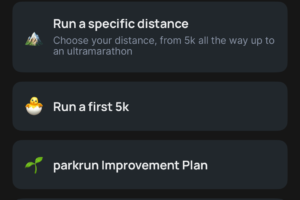
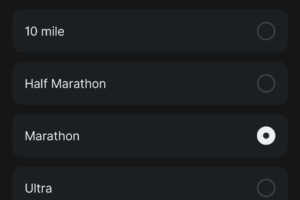

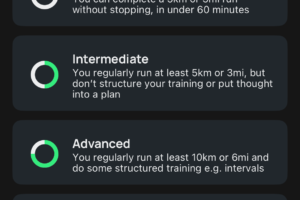



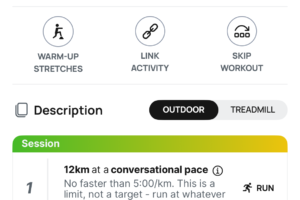
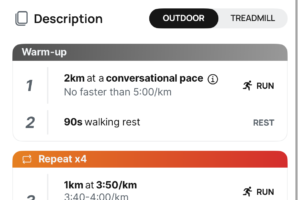

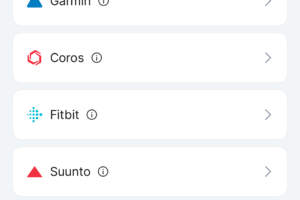






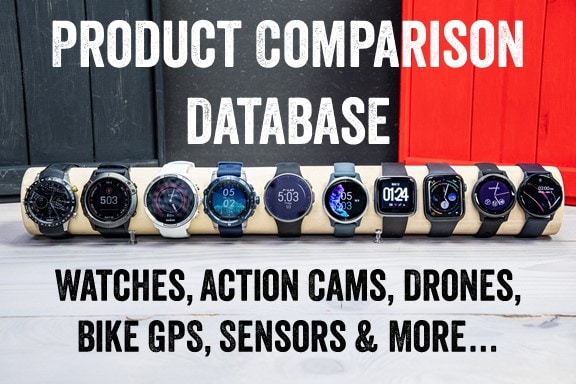









Acquisition… That sounds familiar. Where did I hear it?
As you say, machine learning training programmes are ten a penny now, I’ve used Garmin adaptive training plans, Garmin daily suggested workouts (with race event in calendar) and TrainAsOne. The last one i seem to prefer, but i suppose it’s down to personal preference. Does Runna simply become Strava’s equivalent of Garmins latest daily suggested workouts. In which case where’s the value in Runna for those who use Garmin devices?
Interestingly I used Grok3 to devise a strength conditioning regime for me as a runner and it’s done a cracking job.
I just want something that really integrates running and cycling. So far all the big players make you choose a triathlon plan and “just replace the swims”. Haven’t found a good solution yet.
Check out Join. I am currently using them for an integrated Running/Cycling plan.
I’m using join but not quite impressed with it. As a newer cyclist, but strong runner, it seems to underestimate the impact of cycling intensity for me and overestimate how running impacts me. Like it’ll give me hard rides even a day after a ride that wears me out, but a chill run and it’ll skip a ride the next day. Even after adjusting RPE etc.
I haven’t personally used it but Join Cycling has a running program designed for cyclist.
I thought this seemed like a smart acquisition because it pulled the Runna users into Strava Premium, which actually costs less per month/year than Runna does…but then realized that they’re keeping the app separate.
‘At the same time, in 2025, apps doing AI-generated training plans are a dime a dozen. …. While generic AI is hardly perfect, in general, it delivers pretty good training plan recommendations.’
This is true, but it feels unfair to Runna since it is more a ccomment on the product category instead of the quality of the product within the category.
Sports tech reviews are a dime a dozen but I keep coming back here because you do it better than pretty much everyone else.
Runna is in a similar position. I used a lot of AI training apps before settling on them, and while the app isn’t perfect (not incorporating elevation, HR, power etc) it is in my opinion one of the better offerings in the category and not something any compay could quickly whip up.
Have a look at RunMotion. That is the best “AI bot” I have experienced so far (beyond Garmin, Humango or Runna – Strava worthless so far). 1/ they let you share notes with the bot after a workout (“shortened the workout because not feeling great”) and the bot actually takes this into account in the analysis of your workout (not just regurgitating what you shared with it). Runna only allows you to give a thumbs up or down “what did you think” before giving you partly useful feebdack. 2/ the bot includes advice and encouragement in a very relatable human format (feels like a whatsapp with a coach rather than a blocky condescending paragraph). 3/ the content ranges from nutrition to sleep, mindset to plyometrics.
I agree with you though, Runna is on the better end of the range of the “dime a dozen”.
“This is true, but it feels unfair to Runna since it is more a ccomment on the product category instead of the quality of the product within the category.”
Not sure I follow, the literal sentence before that was: “On one hand, Runna’s product is well refined, looks clean, and pushes well into the running watch industry.”
Nonetheless, again, AI training companies are a dime a dozen in 2025. I’m not seeing anything (in 2025) that’s substantially unique here at the core training plan level, relative to the competitive landscape of 2025. Sure, back 3-4 years ago they might have been better than others. As I noted though, their unique prop in 2025 is really more the wrapper than the core training bits (aspects like the UI, watch integration, etc… which others are still working through).
But in Strava’s case, despite what they’re partially saying, they will absolutely take that core and place it into Strava’s main app. Frankly, if they don’t, I’d be upset as a Strava investor. What makes this acquisition appealing is being able to do that and basically still cover your costs via keeping Runna functioning (as opposed to hiring a bunch more devs to re-create it). Additionally, there’s some branding/PR value from the Runna name in certain markets (though, I think less than some tech media would have you believe).
“Meaning that Strava can effectively integrate this technology into it’s main app over time, without taking a financial hit as log as they don’t piss off Runna users (who will keep paying, and probably expand with the additional attention.”
“as long”, I guess… and you are missing a parentheses there…
And… most importantly, I am confident that Strava will be pissing of Runna users, I am pretty sure they’ll find a way :-D
There seems to have been a bunch of acquisitions but poor integration into the current app.
Well I’ve cancelled on hearing this. Strava will find a way to destroy it.
Runna stands out for being very profitable whilst taking on very little investment. It has been a real success story and has a great design language and approach to integrations. In their accounts filed last Jan they had £8 million in cash. Very impressive for a 3 year old company.
totally agree with you. there are tons of AI programs. What I don’t get why Strava didn’t acquire running.COACH. this one has def. the better system and with 200k users what they claim also bigger user db.
I would be very surprised if Strava would not assimilate Runna’s technology inside its own platform. I guess it makes sense to keep both boats flowing while they figure out the details, but this has to be fused inside Strava at some point.
I wonder if larger user base of Strava (I’m sure it has more Strava Premium users than Runna) would allow Strava to give all Runna features for little to no extra cost and still keep the Runna team happy and paid.
But in general it looks like a good thing – for Strava, that will help them to realize their ambitions of becoming a universal hub for all things sport with better training plans (yes, they had training plans before but those were horrible at best) and better compete with Garmins of the world. And the users will get even more fine-tuned training plans that will take into account all their Strava activities and not just running.
Well I guess if Strava do manage to integrate this into their premium offering (and it works), I would be prepared to pay a slightly higher subscription for the added value. I’m feeling mildly positive about this acquisition but also concerned they will revert to type and piss off everybody in the end. It’s going to be interesting!
Curious to hear how much Strava paid. If the 90k user number is just a little inflated, revenue should be close to $10mil.
@Ray: since you mentioned Komoot’s “crazy-pants” price, did you use the number from the recent Manager Magazine article ($300m) or got some other insight? Right after the purchase the number floating around the German startup scene was 50m€ (slightly above revenue). The Manager Magazine number shocked everyone.
The number I heard was from another source that was part of some rounds of talks, predating Manager Magazine by a few weeks. But the same approx number.
Doesn’t Strava already integrate with McMillan running to allow users to generate generic training plans? This seems duplicative, but perhaps I’m missing something.
I suspect Runna users are already on Strava, and the subscriber base is not the goal of the acquisition.
I believe Strava has actually (for once) listened to feedback and realized the AI they’ve stoodup inhouse sucks and won’t get any better without colossal investment. They looked around for an organization that’s created a stable, more-or-less profitable and demonstrably well received AI system AND is willing to sell – essentially they’ve bought the tech they want off the shelf.
Strava is trying to position itself as a one-stop-shop for weekend endurance warriors, and bringing training plans inhouse on a shoestring operational budget (read: automated) is crucial to that goal.